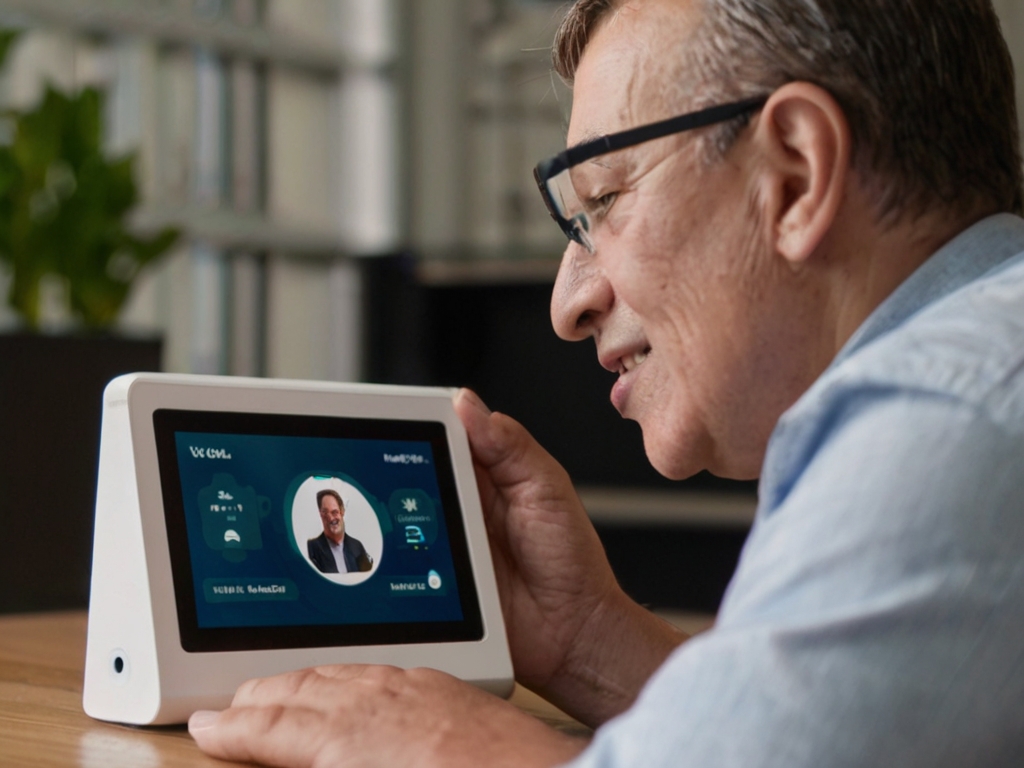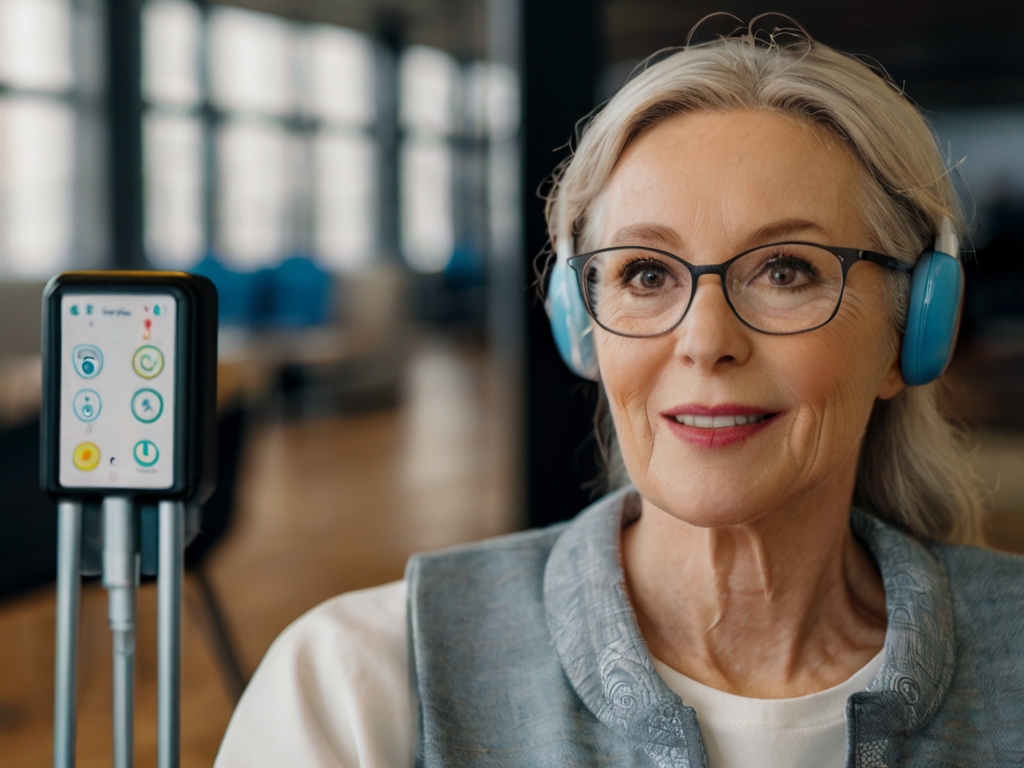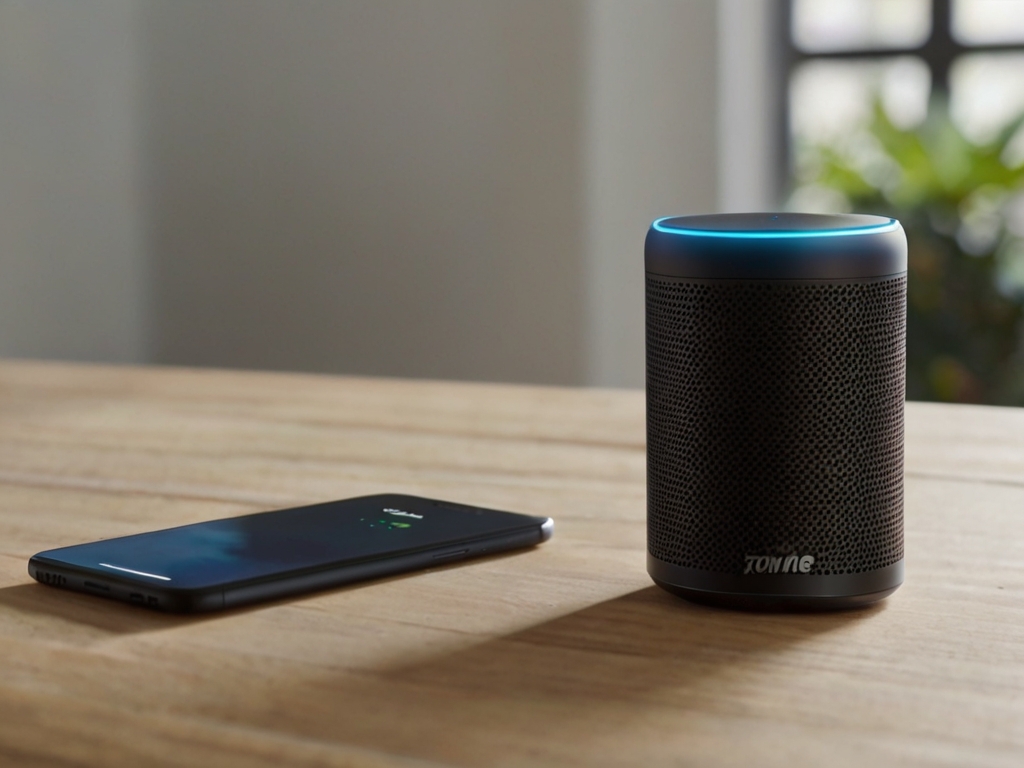
Voice-enabled interfaces have revolutionized the way we interact with technology, offering a hands-free and intuitive approach to accessing information and performing tasks. For individuals with disabilities, these interfaces hold immense potential in breaking down barriers and enhancing accessibility to a wide range of digital services and devices.
Understanding Voice-Enabled Interfaces
Voice-enabled interfaces, also known as voice assistants or virtual assistants, are software applications that use speech recognition technology to understand and respond to verbal commands. They have evolved from simple voice recognition systems to sophisticated artificial intelligence (AI) platforms capable of understanding natural language and executing complex tasks.
Challenges Faced by Individuals with Disabilities
Despite advancements in technology, many individuals with disabilities encounter barriers when accessing digital content and services. Traditional user interfaces, such as keyboards and touchscreens, pose challenges for those with mobility, vision, or cognitive impairments, limiting their ability to fully participate in the digital world.

Benefits of Voice-Enabled Interfaces for Disabilities
Voice-enabled interfaces offer a range of benefits for individuals with disabilities, promoting accessibility, independence, and empowerment. By leveraging voice commands and natural language processing (NLP), these interfaces can overcome many of the challenges faced by individuals with disabilities.
Enhanced Communication
One of the primary benefits of voice-enabled interfaces is their ability to facilitate natural and intuitive communication. For individuals with speech or motor impairments, voice commands provide an alternative means of interaction, allowing them to control devices, access information, and communicate more effectively.
Assistive Features
Voice-enabled interfaces offer a variety of assistive features designed to meet the unique needs of individuals with disabilities. These include voice commands for navigation, text-to-speech and speech-to-text capabilities, and customizable settings to accommodate different preferences and requirements.

Improving Daily Activities
Voice-enabled interfaces can significantly improve the daily lives of individuals with disabilities by simplifying tasks and increasing efficiency. From setting reminders and scheduling appointments to controlling smart home devices and accessing entertainment options, voice commands make it easier for individuals to manage their routines and stay organized.
Promoting Social Inclusion
Social inclusion is a critical aspect of disability rights, and voice-enabled interfaces play a vital role in promoting communication and interaction among individuals with disabilities and their peers. By breaking down communication barriers and facilitating seamless interaction, these interfaces contribute to a more inclusive society.
Voice-Enabled Devices and Accessibility
Major tech companies are increasingly incorporating accessibility features into their voice-enabled devices, making them more inclusive and user-friendly for individuals with disabilities. Integration with assistive technologies, such as screen readers and switch controls, ensures that users can access and utilize voice-enabled interfaces effectively.

Addressing Concerns and Limitations
While voice-enabled interfaces offer significant benefits for individuals with disabilities, there are also concerns regarding privacy, security, and accuracy. It’s essential to address these issues through robust security measures, transparent data practices, and ongoing improvements in accuracy and reliability.
Future Prospects and Innovations
The future of voice-enabled interfaces holds promise for even greater accessibility and inclusivity. Advancements in AI and natural language processing are driving innovation in voice technology, opening up new possibilities for supporting individuals with disabilities and enhancing their quality of life.
Case Studies and Success Stories
Numerous case studies and success stories highlight the transformative impact of voice-enabled interfaces on individuals with disabilities. From enabling independent living to enhancing educational opportunities and employment prospects, these interfaces are empowering individuals to overcome barriers and achieve their full potential.

Conclusion
In conclusion, voice-enabled interfaces have the power to revolutionize the lives of individuals with disabilities by promoting accessibility, independence, and inclusion. By leveraging the latest advancements in AI and natural language processing, these interfaces offer a user-friendly and intuitive means of accessing digital services and devices. As technology continues to evolve, the potential for voice-enabled interfaces to support individuals with disabilities will only grow, ushering in a more inclusive and equitable future for all.
FAQs
- How do voice-enabled interfaces assist individuals with disabilities? Voice-enabled interfaces assist individuals with disabilities by providing hands-free access to digital services and devices through voice commands and natural language processing.
- Are voice-enabled devices easy to set up and use for people with disabilities?
- Yes, voice-enabled devices are designed to be user-friendly and accessible, with features such as voice commands and customizable settings to accommodate different needs and preferences.
- What types of disabilities can benefit most from voice-enabled interfaces? Individuals with mobility, vision, speech, or cognitive impairments can benefit most from voice-enabled interfaces, as they provide alternative means of interaction and communication.
- Can voice-enabled interfaces replace traditional assistive technologies? While voice-enabled interfaces offer significant advantages, they may not fully replace traditional assistive technologies. Instead, they complement existing solutions and provide additional options for individuals with disabilities.
- What are some potential challenges faced by individuals with disabilities when using voice-enabled interfaces? Potential challenges include privacy and security concerns, accuracy and reliability issues, and the need for ongoing improvements in accessibility features to ensure inclusivity for all users.

Instantly Transform Any Text Into A
100% Human-Sounding Voiceover
with only 3 clicks!
We GUARANTEE no one will tell your voiceover is A.I. generated
Click here

